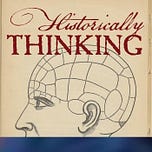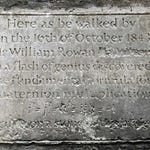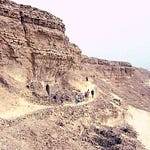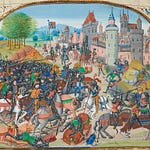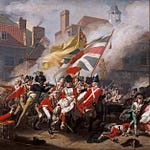Originally published on February 26, 2024 (Episode 349)
Introduction
Fallingwater, perched above Bear Run in southwestern Pennsylvania, is Frank Lloyd Wright’s masterpiece—perhaps as recognizable as any house in the United States (and it’s not even on the nickel). Yet it was designed and built at the end of not years but decades of despair and false-starts and failures in Wright’s career, a period that would have broken nearly anyone else. Fallingwater embodies Wright’s philosophy of architecture, his guru-student relationship with clients, his near-fanatical determination to prevail against all odds and all his enemies—including perhaps his greatest one, himself.
But Fallingwater is also a monument of the Depression era in which it was built. It is shaped by its context, even though it seems far removed from breadlines, dust storms, and tramps on trains.
About the Guest
Catherine W. Zipf is an award-winning architectural historian and the Executive Director of the Bristol Historical and Preservation Society in Bristol, Rhode Island. She is the author of Frank Lloyd Wright’s Fallingwater: American Architecture in the Depression Era (Routledge, 2020).
For Further Investigation
Catherine W. Zipf, Frank Lloyd Wright’s Fallingwater: American Architecture in the Depression Era (Routledge, 2020).
Frank Lloyd Wright sites:
William Cronon, Nature’s Metropolis: Chicago and the Great West (W.W. Norton, 1992)
William R. Drennan, Death in a Prairie House: Frank Lloyd Wright and the Taliesin Murders (Wisconsin, 2008)
Wright in Los Angeles: Hollyhock House and Ennis House
Library of Congress exhibit: Frank Lloyd Wright: Designs for an American Landscape, 1922–1932
Standard Homes Company, Best Homes of the 1920s (Dover Publications, 2012)
Frank Lloyd Wright, An Autobiography
💬 Listen & Discuss
Is Fallingwater Wright’s greatest house—or just his most famous? Does its Depression-era context make it even more remarkable, or more paradoxical? Share your thoughts in the comments, and send this episode to anyone who thinks architecture is only about bricks and mortar.

